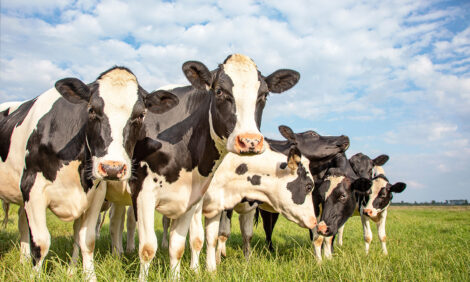



Parasite control at housing breaks the cycle of infection
IRELAND - Housing or turnout dose: Infection carries over from one season to another in two ways: (i) as over-wintered larvae on pasture, (ii) within infected animals.At this time of year, it is possible for stomach worm larvae to alter the pattern of development within the digestive tract and become "arrested fourth stage larvae", often referred to as type II stomach worms. These can lodge in the gut wall over the Winter and if large numbers are present they can cause late Winter or Spring scours. The severity of the Spring scours is usually associated with animals under some stress due to under-feeding, other infections, over-crowding or pregnancy. To control type II stomach worms, it is necessary to use drugs that are effective. The white drenches and the Avermectin injectables and pour-on’s are effective against type II stomach worms but check with your veterinary supplier when purchasing drugs for dosing at housing.
Risk animals
Animals differ in their ability to resist hoose and stomach worms. Resistance increases as the animals get older. Young calves when put to grass have no resistance but can build up immunity quickly with low to moderate exposure.
Source: westernpeople.ie


